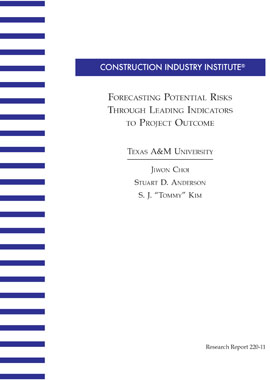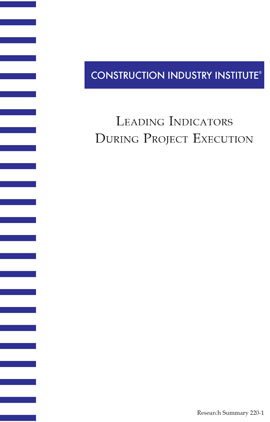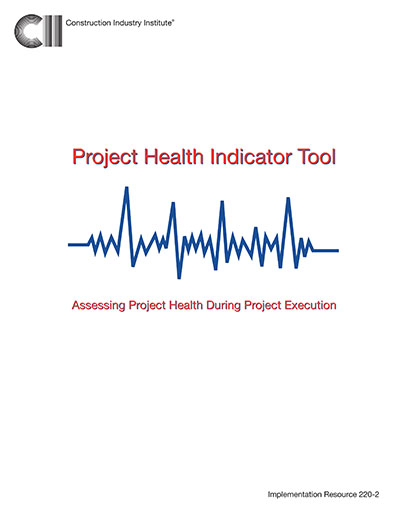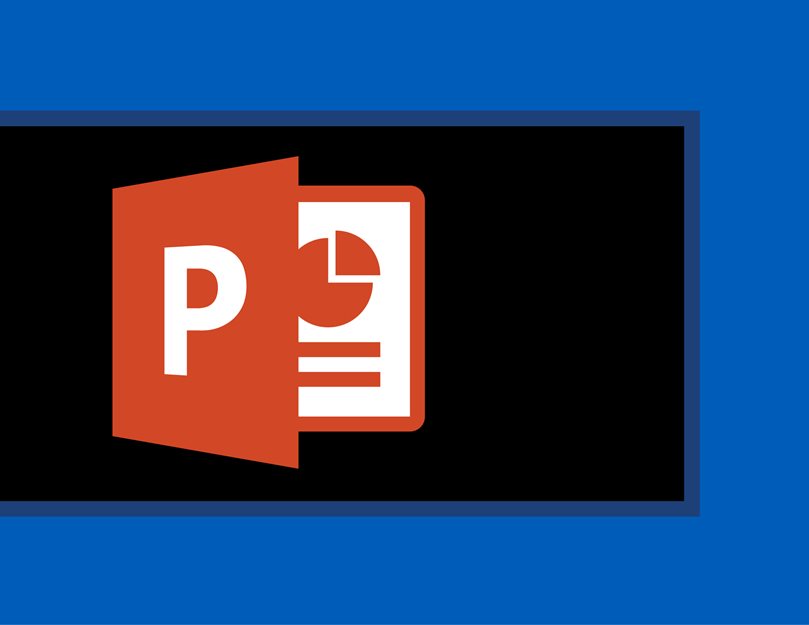
Forecasting Potential Risks Through Leading Indicators to Project Outcome
During project execution, the status of a project is periodically evaluated using traditional methods or standard practices. However, these traditional methods or standard practices may not adequately identify certain issues such as lack of sufficient identification of warning signs that predict potential project failure. Current methods may lack the ability to provide real time indications of emerging problems that impact project outcomes in a timely manner.
To address this problem, the Construction Industry Institute (CII) formed a research team to develop a new tool that can forecast the potential risk of not meeting specific project outcomes based on assessing leading indicators. Thus, the leading indicators were identified and the new tool was developed and validated.
Research team members provided potential leading indicators based on their experience. A screening process was conducted through industry surveys. Each time, industry professionals were asked to evaluate the negative impact of leading indicators identified to measure their impact on project health.
The impact of each leading indicator was measured and rank ordered. According to the ranking, leading indicators with less impact on project outcomes were screened out. Through this process, 43 leading indicators were suggested. Using descriptive statistics, the degree of negative impact of each leading indicator on project outcome was identified after the analysis of the survey results. Based on these impacts, the tool development was initiated.
The prototype of the new tool was based on the Project Definition Rating Index tool. The concept behind the tool is that if there are no problems, based on assessing leading indicators, results of the tool output score for the tool would be high. To comply with this concept, specific weights were assigned to each leading indicator to reflect the negative impact on each project outcome. By this procedure, the Project Health Indicator (PHI) tool was developed.
The validation process of the PHI tool was conducted using completed projects. The research team worked closely with industry in evaluating the new tool to ensure that the tool met the purpose and objectives of this research. The validation method for the new tool was based on statistical correlations between tool output scores and cost and schedule performance indexes. Finally negative statistical correlations were observed between project outcomes and health scores generated by the PHI tool.
The PHI tool was designed to predict possible outcomes based on the current state of issues not generally assessed by traditional measures. The PHI tool is simple and relatively quick to use, making it suitable for use ahead of regular monthly project reviews, either within a project team or in a review cycle with senior management.
It is believed that consistent application of this tool over long periods of time and multiple projects within a given organization will drive desired behaviors and produce consistently higher performing project results.



